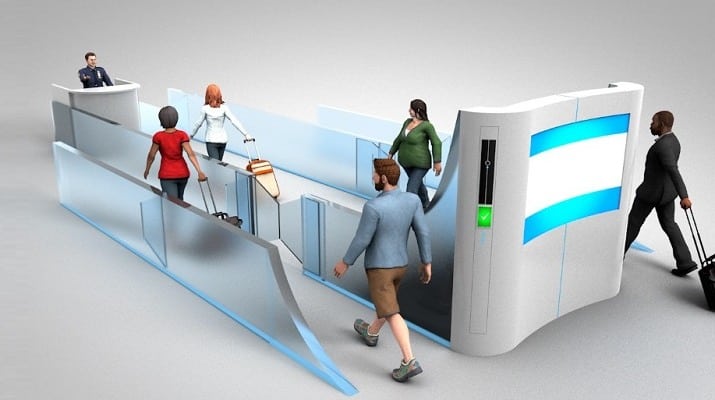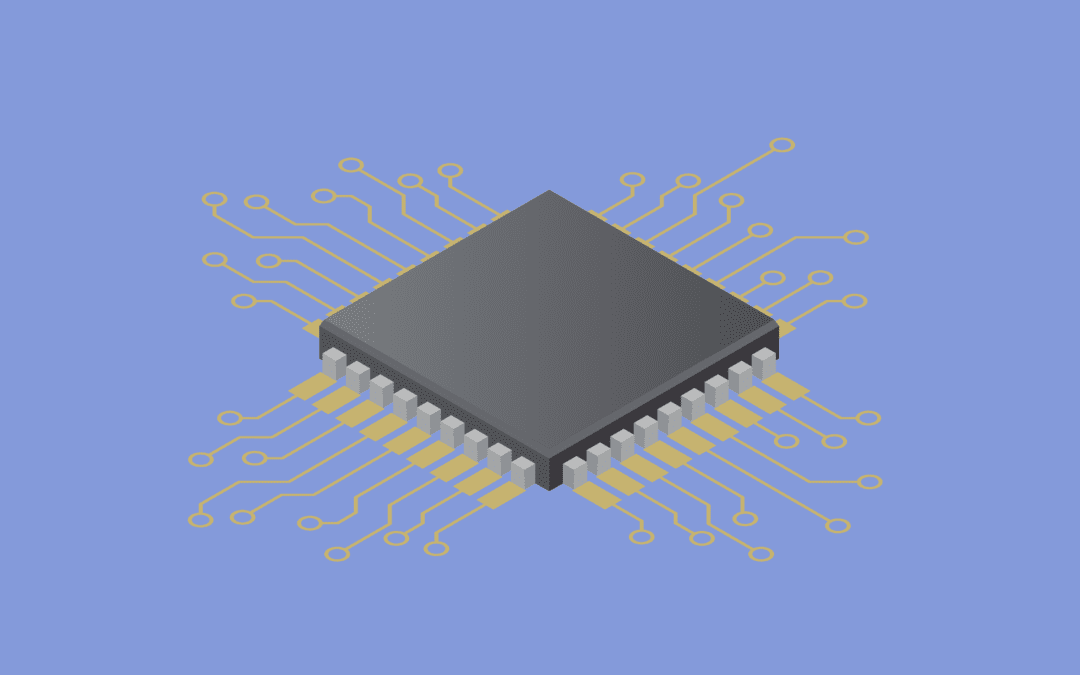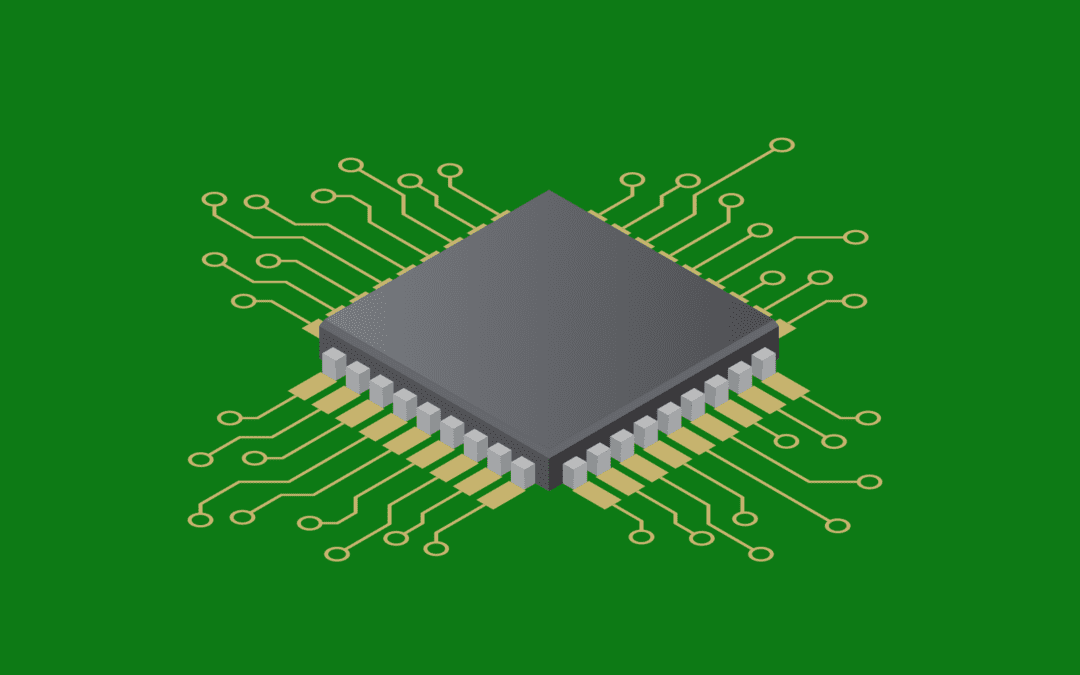
Aug 11, 2021 | Blog, Educational, Reference, ROC SDK
As the capabilities of automated face recognition algorithms continue to skyrocket, so does the number of face recognition (FR) applications being deployed. Whether it is using FR to unlock a phone, create an investigative lead to help identify a violent criminal,...

Mar 16, 2021 | Blog, Educational, ROC SDK
In the Fall of 2020 the U.S. Department of Homeland Security (DHS) Science and Technology Directorate (S&T) hosted another Biometric Technology Rally to assess the capabilities of biometric algorithms for automated passenger identification in real-time screening...

Feb 12, 2020 | Blog, Educational, ROC SDK
When building mobile, on-edge, or embedded face recognition applications, there is typically a small amount of memory (i.e. RAM) available. If a face recognition algorithm requires an extensive amount of RAM to perform enrollment and matching, then this could increase...

Sep 12, 2019 | Blog, Educational, Policy
There is a misconception that face recognition algorithms do not work on persons of color, or are otherwise inaccurate in general. This is not true. The truth is that across a wide range of applications, modern face recognition algorithms achieve remarkably high...

Aug 12, 2019 | Blog, Educational, Reference
When automated face recognition technology is used for analyzing streaming video, an important question is: how much computer hardware is needed? The hardware required to process video depends on several factors which will be discussed in this article. After reading...

Aug 11, 2019 | Blog, Educational, Reference
While enrolling video frames into templates is the bottleneck for video processing applications in face recognition, there is also a computational cost for using the generated templates for search and identity verification. While the cost is often negligible, for...






